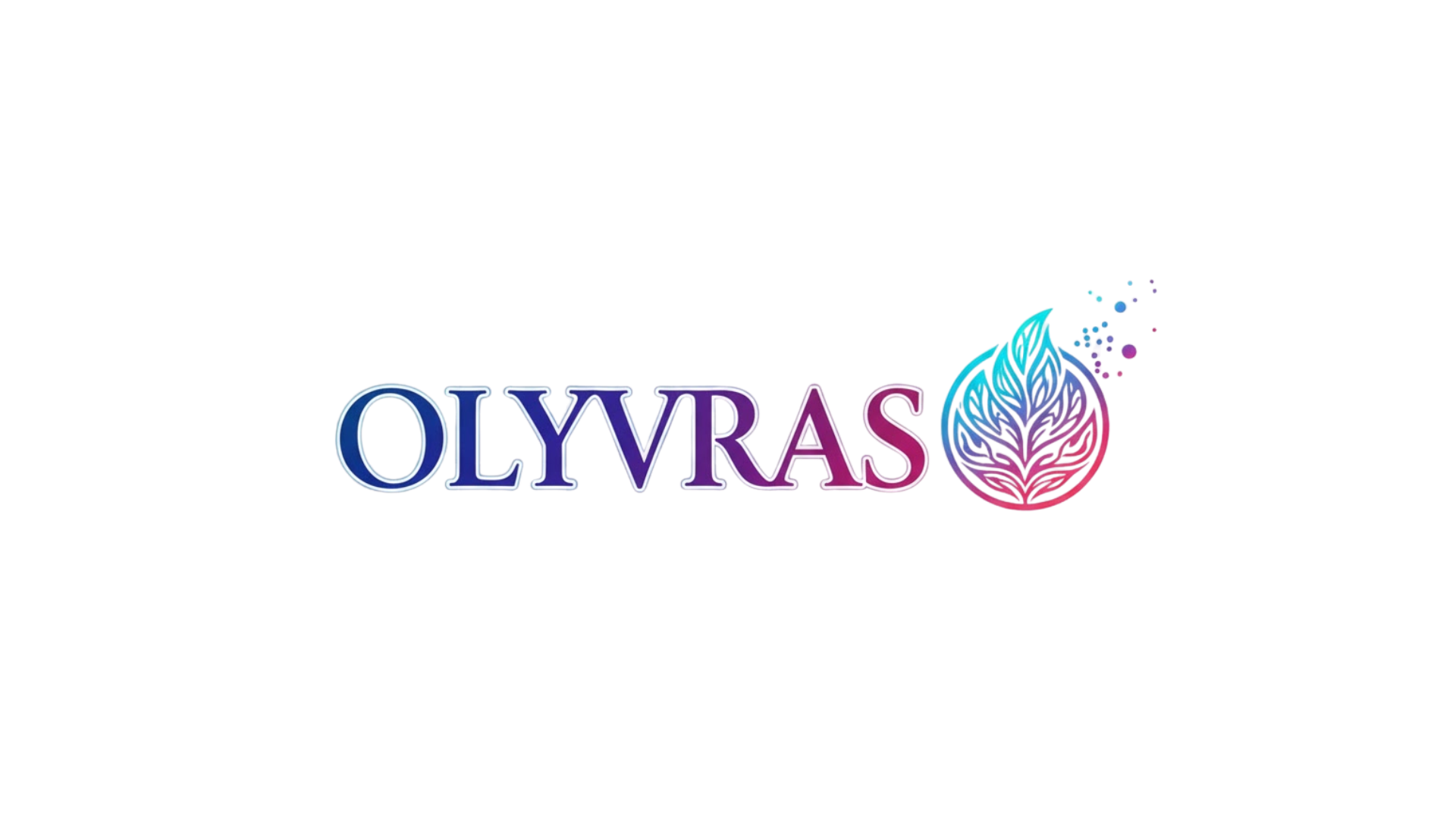In our interconnected global landscape, the ability to navigate cultural differences and mediate conflicts across diverse populations has become an essential skill for professionals, diplomats, and everyday citizens alike.
🌍 Understanding the Foundations of Cross-Cultural Mediation
Cross-cultural mediation represents far more than simply translating words from one language to another. It encompasses the delicate art of interpreting meanings, understanding cultural contexts, and bridging the gaps that exist between different worldviews. When people from diverse backgrounds come together, whether in business negotiations, diplomatic discussions, or community conflicts, the potential for misunderstanding multiplies exponentially.
The mediator operating in cross-cultural contexts serves as a cultural interpreter, conflict manager, and communication facilitator simultaneously. This multifaceted role requires deep cultural intelligence, emotional awareness, and a sophisticated understanding of how cultural frameworks shape perception, communication styles, and conflict resolution preferences.
Research consistently demonstrates that most international business failures stem not from financial or strategic miscalculations, but from cultural misunderstandings and communication breakdowns. These failures underscore the critical importance of developing robust cross-cultural mediation capabilities in our globalized world.
🎯 The Core Challenges in Cross-Cultural Communication
Before developing effective strategies, we must identify the primary obstacles that hinder cross-cultural understanding. These challenges operate on multiple levels, from surface-level language barriers to deeply embedded cultural assumptions that shape how individuals perceive reality itself.
Language and Linguistic Nuances
While language barriers represent the most obvious challenge, the difficulties extend beyond simple vocabulary differences. Idiomatic expressions, humor, metaphors, and contextual meanings often fail to translate directly. A mediator must recognize when translation alone proves insufficient and when cultural context requires explanation.
Additionally, communication styles vary dramatically across cultures. Some cultures favor direct, explicit communication, while others rely heavily on implicit meanings and contextual clues. High-context cultures like Japan or Korea communicate significant information through non-verbal cues and shared understanding, whereas low-context cultures like Germany or the United States prefer explicit, verbal communication.
Different Conflict Resolution Paradigms
Cultural backgrounds profoundly influence how individuals approach conflict itself. Western cultures often view conflict as a problem to be solved through direct confrontation and logical argumentation. In contrast, many Asian and Middle Eastern cultures prioritize harmony preservation and may approach disagreements indirectly to avoid causing embarrassment or loss of face.
These differing paradigms create substantial challenges for mediators. What one party perceives as honest directness, another might interpret as aggressive rudeness. What appears as diplomatic tact to some may seem like evasiveness or dishonesty to others.
Power Distance and Hierarchical Structures
Cultures differ significantly in their attitudes toward authority, hierarchy, and power distribution. In high power distance cultures, hierarchical structures are deeply respected, and challenging authority is considered inappropriate. Low power distance cultures encourage more egalitarian interactions and open questioning of leadership.
A mediator facilitating discussions between parties from different power distance orientations must carefully manage participation dynamics, ensuring that cultural preferences regarding authority don’t silence important voices or create imbalances in the mediation process.
💡 Essential Strategies for Effective Cross-Cultural Mediation
Successfully navigating these challenges requires developing a comprehensive toolkit of strategies and approaches. The following methodologies represent core competencies for anyone engaged in cross-cultural mediation work.
Cultivating Cultural Intelligence
Cultural intelligence (CQ) extends beyond cultural awareness to encompass the ability to function effectively across various cultural contexts. Developing high CQ requires four components: cognitive understanding of cultural differences, metacognitive awareness of one’s own cultural assumptions, motivational drive to learn about other cultures, and behavioral flexibility to adapt communication styles appropriately.
Mediators should invest time studying the specific cultures they’ll encounter, understanding not just surface-level customs but deeper values, beliefs, and worldviews. This knowledge foundation enables more nuanced interpretation of behaviors and communication patterns during mediation sessions.
Establishing Cultural Neutrality in Process Design
Effective cross-cultural mediators design processes that don’t inherently favor one cultural approach over another. This might involve incorporating multiple communication styles, allowing for both direct and indirect expression, and creating space for different conflict resolution preferences.
Consider implementing hybrid processes that incorporate elements familiar to all parties. For instance, combining formal presentation opportunities (which may appeal to more hierarchical cultures) with informal dialogue sessions (preferred in egalitarian contexts) creates balance and inclusivity.
Active Listening Across Cultural Boundaries
Active listening in cross-cultural contexts demands heightened attention to both verbal and non-verbal communication. Mediators must develop sensitivity to communication styles, recognizing that silence might indicate thoughtful consideration in one culture but disagreement in another. Similarly, animated gestures might signal engagement in Mediterranean cultures but appear aggressive in more reserved cultural contexts.
Practicing reflective listening—paraphrasing and checking understanding—becomes even more critical across cultures. Regularly confirming interpretations helps prevent misunderstandings from escalating and demonstrates respect for accurate communication.
Managing Face and Honor Dynamics
Many cultures place tremendous importance on maintaining face—preserving dignity, reputation, and social standing. Mediators must structure interactions to protect face for all parties, avoiding public criticism or situations that might cause embarrassment.
This might involve conducting preliminary private sessions before joint meetings, allowing parties to express concerns without public confrontation. It could also mean framing disagreements in ways that preserve dignity, focusing on interests and future solutions rather than past mistakes or blame.
🔧 Practical Techniques for Building Cross-Cultural Bridges
Beyond strategic frameworks, successful mediators employ specific techniques that facilitate understanding and connection across cultural divides.
The Power of Storytelling
Narratives transcend cultural boundaries more effectively than abstract arguments. Encouraging parties to share stories about their experiences, values, and concerns creates emotional connections that pure logic cannot achieve. Stories humanize positions, build empathy, and often reveal underlying interests obscured by positional bargaining.
Mediators can model this approach by using culturally relevant stories or metaphors that resonate with parties from different backgrounds, creating shared reference points for understanding.
Leveraging Cultural Brokers and Co-Mediators
When mediating between significantly different cultures, consider engaging cultural brokers or co-mediators with insider knowledge of the communities involved. These partners provide invaluable insights into cultural nuances, help interpret behaviors accurately, and lend cultural credibility to the mediation process.
Co-mediation models where mediators from different cultural backgrounds work together can reassure parties that their perspectives will be understood and represented fairly throughout the process.
Creating Shared Visual Frameworks
Visual tools can bridge language barriers and create common understanding. Using diagrams, flowcharts, or visual metaphors helps parties organize complex information and see relationships between issues. Visual frameworks provide neutral territory where parties can collectively problem-solve without the complications of linguistic and cultural translation.
Building Trust Through Cultural Humility
Perhaps the most powerful technique involves approaching cross-cultural mediation with genuine humility about one’s own cultural limitations. Acknowledging that you don’t possess complete understanding of all cultural contexts, asking genuine questions, and showing willingness to learn demonstrates respect and builds trust.
This vulnerability from the mediator often encourages parties to extend similar grace to each other, creating an atmosphere where cultural mistakes become learning opportunities rather than relationship-ending offenses.
🌐 Navigating Specific Cultural Dimensions in Mediation
Understanding key cultural dimensions helps mediators anticipate potential friction points and adapt their approaches accordingly.
Individualism versus Collectivism
Individualistic cultures prioritize personal autonomy, individual rights, and self-expression. Collectivistic cultures emphasize group harmony, community needs, and interdependence. These orientations profoundly affect negotiation priorities and decision-making processes.
In mediations involving individualistic parties, appealing to personal interests and individual outcomes proves effective. With collectivistic parties, framing solutions in terms of community benefit, relationship preservation, and group harmony resonates more powerfully.
Time Orientation Differences
Monochronic cultures view time linearly, value punctuality, and prefer sequential task completion. Polychronic cultures take a more flexible approach to time, often handling multiple tasks simultaneously and prioritizing relationships over rigid schedules.
Mediators must manage these differing time orientations carefully, setting clear expectations while building flexibility into processes. This might mean scheduling extra time for relationship-building that polychronic cultures require while providing clear agendas and timelines that monochronic cultures expect.
Emotional Expression Norms
Cultures vary significantly in acceptable emotional expression. Some cultures encourage open display of emotions during conflict, viewing it as authentic and honest. Others value emotional restraint, considering public emotional displays as inappropriate or unprofessional.
Effective mediators create space for various emotional expression styles without allowing one cultural norm to dominate or invalidate others. This might involve establishing ground rules that respect different comfort levels or providing separate caucus spaces where parties can express emotions more freely.
📊 Measuring Success in Cross-Cultural Mediation
Defining and measuring success in cross-cultural contexts requires culturally sensitive metrics that extend beyond simple agreement rates.
Success indicators might include:
- Improved mutual understanding between parties, even without complete agreement
- Preservation or enhancement of ongoing relationships across cultural boundaries
- Development of sustainable communication mechanisms for future interactions
- Creative solutions that integrate values from multiple cultural perspectives
- Parties’ sense that their cultural identities were respected throughout the process
- Voluntary compliance with agreements without external enforcement
These qualitative measures often prove more meaningful than simple settlement statistics when evaluating cross-cultural mediation effectiveness.
🚀 Developing Your Cross-Cultural Mediation Capacity
Building proficiency in cross-cultural mediation represents a lifelong learning journey rather than a destination. Professionals seeking to enhance their capabilities should pursue multiple development pathways simultaneously.
Immersive Cultural Experiences
Nothing replaces direct experience with different cultures. Living abroad, participating in cultural exchange programs, or working in multicultural environments develops the intuitive cultural understanding that books alone cannot provide. These experiences build the pattern recognition necessary for navigating cultural complexity in real-time mediation situations.
Continuous Education and Training
Formal training in both mediation techniques and cultural competency provides essential frameworks and skills. Seek out programs specifically addressing cross-cultural communication and conflict resolution, preferably those incorporating experiential learning and simulations.
Advanced training might include studying anthropology, international relations, or cross-cultural psychology to deepen theoretical understanding of how culture shapes human behavior and interaction.
Reflective Practice and Supervision
Regular reflection on mediation experiences, particularly those involving cultural challenges, accelerates learning. Working with experienced supervisors or peer consultation groups provides opportunities to process difficult situations, identify blind spots, and develop more sophisticated strategies.
Maintaining a reflective journal documenting cultural learning, mistakes, and insights creates a personalized resource for ongoing development.
🌟 The Future of Cross-Cultural Mediation
As globalization intensifies and populations become increasingly diverse, cross-cultural mediation skills will only grow in importance. Technology is simultaneously facilitating cross-cultural connections while creating new challenges for mediators to navigate.
Virtual mediation platforms enable parties from different continents to participate in resolution processes without travel costs, but these digital spaces introduce additional cultural complications around technology comfort levels, communication norms in virtual environments, and the loss of certain non-verbal cues.
Artificial intelligence and translation technologies are becoming more sophisticated, potentially reducing language barriers. However, these tools cannot replace the nuanced cultural interpretation and emotional intelligence that skilled human mediators provide.
The mediators who will thrive in coming decades are those who combine cultural humility with deep expertise, who leverage technology while recognizing its limitations, and who remain committed to continuous learning in our ever-evolving global landscape.

🎓 Transforming Conflict into Connection
Cross-cultural mediation represents one of humanity’s most hopeful practices—the belief that even across profound differences, people can find common ground, mutual understanding, and collaborative solutions. This work requires patience, skill, cultural intelligence, and genuine commitment to honoring diverse perspectives.
The strategies outlined here provide a foundation for effective practice, but they must be adapted thoughtfully to specific contexts and continuously refined through experience. Each mediation offers opportunities to learn, to bridge divides, and to demonstrate that our differences need not divide us but can instead enrich our collective problem-solving capacity.
By approaching cross-cultural mediation with curiosity rather than certainty, with respect for complexity rather than oversimplification, and with commitment to justice rather than mere efficiency, mediators can transform potentially destructive conflicts into opportunities for genuine cross-cultural understanding and cooperation.
In mastering the art of cross-cultural mediation, we don’t just resolve individual disputes—we build bridges between worlds, creating pathways for the mutual understanding and collaborative problem-solving that our interconnected global community desperately needs.
Toni Santos is a global-policy researcher and ethical-innovation writer exploring how business, society and governance interconnect in the age of interdependence. Through his studies on corporate responsibility, fair trade economics and social impact strategies, Toni examines how equitable systems emerge from design, policy and shared vision. Passionate about systemic change, impact-driven leadership and transformative policy, Toni focuses on how global cooperation and meaningful economy can shift the scenario of globalization toward fairness and purpose. His work highlights the intersection of economics, ethics and innovation — guiding readers toward building structures that serve people and planet. Blending policy design, social strategy and ethical economy, Toni writes about the architecture of global systems — helping readers understand how responsibility, trade and impact intertwine in the world they inhabit. His work is a tribute to: The global commitment to equity, justice and shared prosperity The architecture of policy, business and social impact in a connected world The vision of globalization as cooperative, human-centred and regenerative Whether you are a strategist, policymaker or global thinker, Toni Santos invites you to explore ethical globalization — one policy, one model, one impact at a time.




